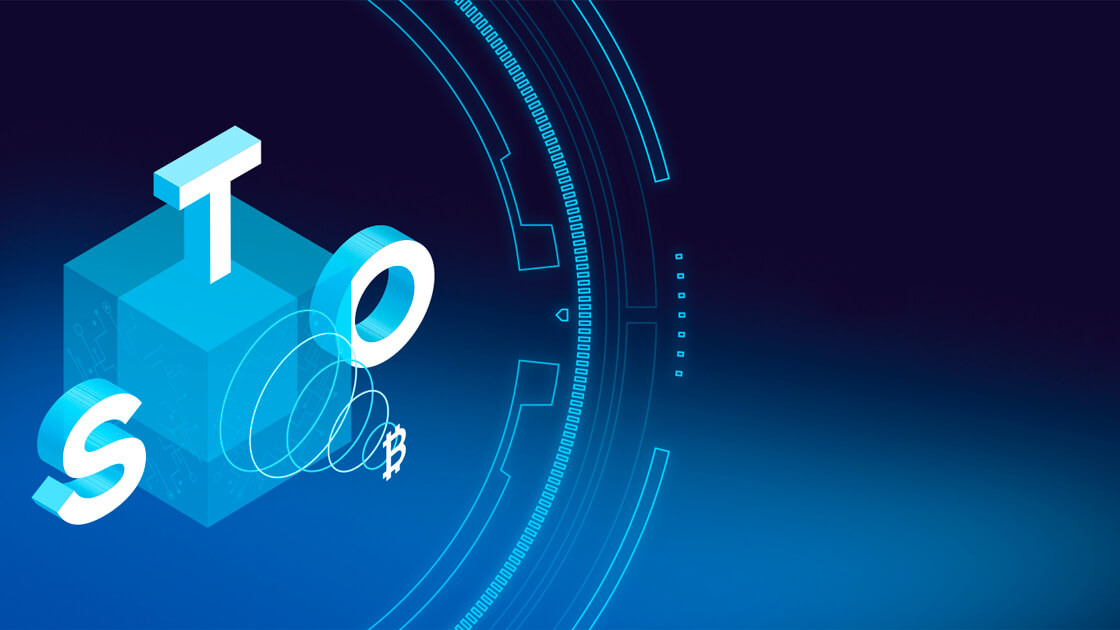All about Security Token Offering
Related: What is security token?
Security Token Offering (STO) is a method of investing in blockchain projects. Investors are purchasing tokenized securities that are sold on crypto exchanges. As this public offering is related to securities, it’s evident that STOs are more regulated than ICOs, IEOs, and so on. That may sound strange for a blockchain system: the core idea of the technology is decentralization, but the fact is that a small percentage of control by financial organizations gives a lot of guarantee to investors. Here is why STOs are thought to be more protected.
STO lets companies create lists of accredited and dishonest individuals (the so-called whitelists and blacklists), which helps companies meet KYC and anti-money laundering terms. The requirements of transparency of information help STO to effectively solve one of the gravest problems of selling utility tokens - it enhances corporate responsibility, reduces the likelihood of fraud, and offers protection of the rights of depositors in the event of bankruptcy of a company.
Advantages and disadvantages of STO
Here is a list of advantages that Security Token Offering has:
- Lower fees opposed to regular investments;
- Fast transaction processing due to the lack of a long chain of intermediaries;
- Expansion of the investor base;
- Automatic transactions.
And here are some disadvantages of STOs:
- Functions of monetary institutions are assigned to the parties to investment operations;
- Decreased decentralization, inaccessibility to most ordinary users.
Differentiation between ICOs and STOs
Tokenized securities are shares of corporations.
The principal distinction between security, utility, and payment tokens is: owners of tokenized securities have property licenses, while utility and payment tokens serve as tickets and don't give their holders the rights of traditional investors.
Since most of ICO members consider their participation in it as an investment possibility, many users think that most tokens are securities.
Trending: Toncoin Up 13% in a Week Amid Telegram's Usernames Auction
However, this isn't always the case. To determine whether a digital token is a tokenized security, the Howey test is used. It is used to verify whether a transaction can be classified as an investment contract.
If a token meets the criteria of the Howey test adopted by the SEC, then it'll be counted as a tokenized security and will be subject to additional disclosure and administrative demands.
Theoretically, if a token meets these conditions, it will be listed as tokenized securities. Otherwise, it will be considered under the definition of a utility or payment token. Still, there's a difficulty with how the SEC is going to apply this test for cryptocurrencies.
Process of STO

The firm can move in two directions when producing a new asset for the STO token. The primary method is the issuance of actual securities and their subsequent tokenization through various platforms using a distributed registry as a repository for all transactions. The blockchain will not allow information on securities to become false and will ensure safe and high-speed operation.
In this form, securities will become more manageable. Blockchain will facilitate the provision of assets to initial investors and ensure their safe exchange. Besides, potential investors will be sure that the corporation is firmly confident in its plan and provides certain guarantees. On the other hand, this approach still requires significant legal work to register securities.
Another way is to create such tokens, which are securities by their nature, but not in real terms. That means that for such assets, the value lies in the coded rules that these tokens comply with. Such STO tokens do not require any legal work but require meaningful activity from the technical side of construction as all the rules must be precisely and correctly defined.
Both ways will provide the business issuing such securities with an effective way to attract financing. Tokens are possibly be registered on various exchanges and traded during the placement of corporation tokens. Investors are going to have a reliable and stable way of storing and transferring possession of assets.






